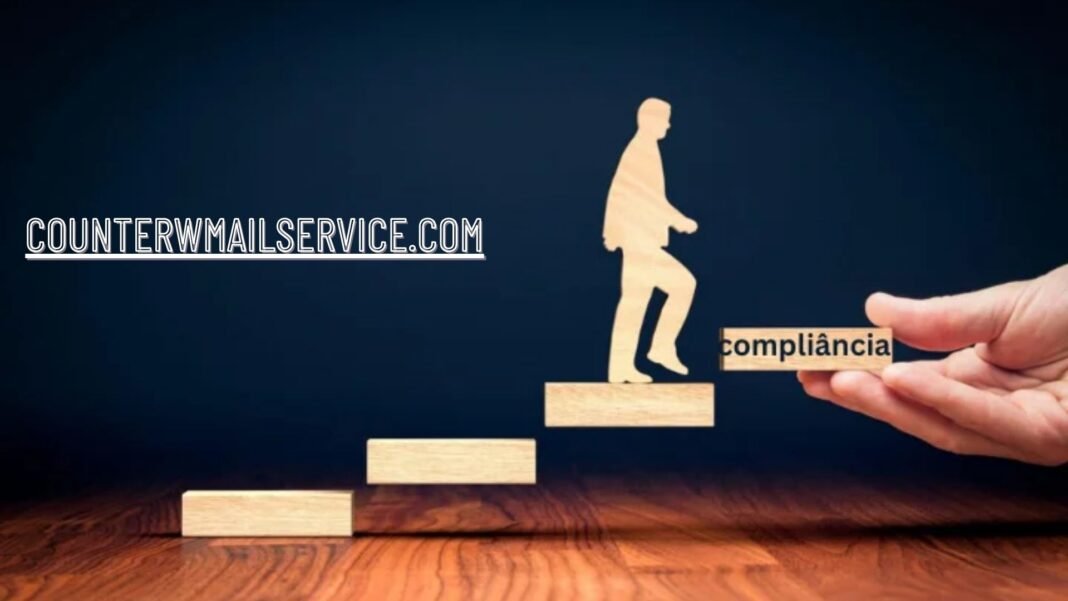In today’s complex business environment, compliance has become a critical component for ensuring that organizations operate within legal and ethical boundaries. Compliance encompasses a range of practices, policies, and procedures designed to ensure that a company adheres to laws, regulations, and internal standards. This article explores the significance of compliância in the corporate world, highlighting its benefits, challenges, and best practices for creating a robust compliance framework.
Understanding Compliância
Compliance refers to the process by which organizations ensure that they follow relevant laws, regulations, and standards. This can include everything from financial regulations and labor laws to environmental standards and data protection policies. Effective compliance programs help organizations mitigate risks, avoid legal penalties, and maintain a positive reputation.
The Benefits of Compliância
1. Legal Protection: One of the most immediate benefits of compliance is legal protection. By adhering to laws and regulations, organizations can avoid fines, sanctions, and legal actions that can arise from non-compliance. This legal protection helps safeguard the company’s assets and ensures its long-term viability.
2. Enhanced Reputation: Compliance fosters trust and credibility among stakeholders, including customers, investors, employees, and regulators. A strong compliance record demonstrates the organization’s commitment to ethical conduct and corporate responsibility, enhancing its reputation and brand value.
3. Risk Management: Compliance programs help identify, assess, and manage risks associated with regulatory requirements. By proactively addressing potential issues, organizations can minimize disruptions, financial losses, and damage to their reputation.
4. Operational Efficiency: Implementing compliance procedures can lead to improved operational efficiency. Standardized processes and clear guidelines reduce ambiguity and ensure consistent practices across the organization. This can lead to better decision-making and streamlined operations.
5. Employee Confidence: A culture of compliance promotes transparency and accountability, boosting employee morale and confidence. When employees understand the importance of compliance and feel secure in their ethical responsibilities, they are more likely to contribute positively to the organization’s success.
Challenges in Compliância
While the benefits of compliance are clear, organizations often face several challenges in implementing and maintaining effective compliance programs:
1. Complex Regulatory Environment: The regulatory landscape is continuously evolving, with new laws and regulations being introduced regularly. Keeping up with these changes and understanding their implications can be challenging, especially for multinational organizations operating in multiple jurisdictions.
2. Resource Constraints: Developing and maintaining a comprehensive compliance program requires significant resources, including time, money, and expertise. Smaller organizations, in particular, may struggle to allocate sufficient resources to compliance efforts.
3. Employee Awareness and Training: Ensuring that all employees understand and adhere to compliance policies can be difficult. Ongoing training and communication are essential to keep employees informed about their responsibilities and the importance of compliance.
4. Integration with Business Processes: Integrating compliance requirements into existing business processes can be complex. Organizations must ensure that compliance measures do not hinder operational efficiency or innovation.
Best Practices for Effective Compliance
To overcome these challenges and build a robust compliance framework, organizations can adopt several best practices:
1. Establish a Compliance Program: Develop a comprehensive compliance program that includes clear policies, procedures, and guidelines. This program should be tailored to the organization’s specific risks and regulatory requirements.
2. Appoint a Compliance Officer: Designate a dedicated compliance officer or team responsible for overseeing compliance efforts. This role involves monitoring regulatory changes, conducting risk assessments, and ensuring that the organization’s policies and practices are up-to-date.
3. Conduct Regular Training: Implement regular training programs to educate employees about compliance requirements and their responsibilities. Training should be ongoing and updated to reflect any changes in regulations or internal policies.
4. Implement Monitoring and Reporting Mechanisms: Establish systems for monitoring compliance and reporting any violations or concerns. This can include internal audits, compliance assessments, and whistleblower programs that encourage employees to report unethical behavior without fear of retaliation.
5. Foster a Culture of Compliance: Promote a corporate culture that values ethics and integrity. Leadership should lead by example, demonstrating a commitment to compliance and encouraging employees to prioritize ethical conduct in their daily activities.
6. Use Technology Solutions: Leverage technology to streamline compliance processes. Compliance management software can help automate tasks, track regulatory changes, and maintain accurate records, making it easier to manage compliance efforts effectively.
Conclusion
Compliance is a critical aspect of modern business operations, ensuring that organizations operate within legal and ethical boundaries. By implementing effective compliance programs, companies can protect themselves from legal risks, enhance their reputation, and achieve operational efficiency. While challenges exist, adopting best practices and fostering a culture of compliance can help organizations navigate the complex regulatory landscape and maintain their commitment to integrity and accountability. As the business environment continues to evolve, compliance will remain an essential element of sustainable and responsible corporate governance.


